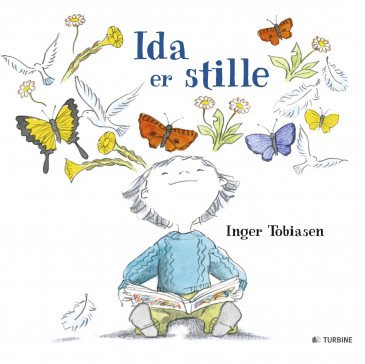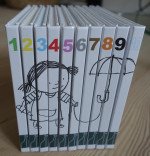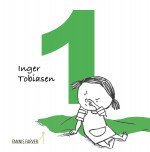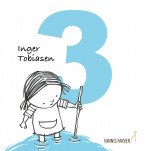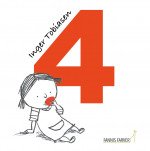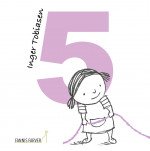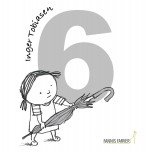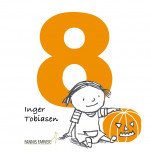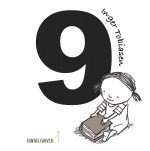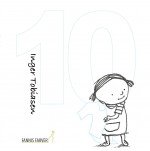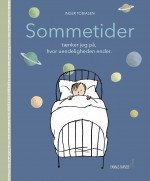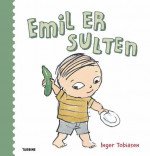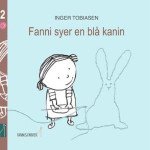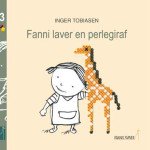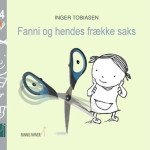Synopsis
Inger Tobiasen speaks directly to the child who will have no difficulty recognising the feelings, neither when it comes to the language used, nor the expressive illustrations, which invite the child to “read” the story by just looking at the pictures. These books will widen the horizon of small children and fuel their imagination, as well as spark conversations between parent and child about the big emotions we all experience, regardless of nationality or gender.
Summaries of key titles:
In Ida is Quiet, we meet Ida when she is reading a book. The story becomes alive to Ida and her imagination builds on the story in the book, while she lies on the grass and closes her eyes. It is a very harmonious, almost poetic book, which leaves the reader as calm as Ida herself.
In Ida is Angry, Ida's mum has had the audacity to sew a new tail unto Ida’s giraffe teddy, Ebbe. And it is all wrong! She tears the tail off and resolutely throws Ebbe out of the window. But after the burst of anger, comes regret. The book is concisely depicting the enormous anger children of 2-4 experience – and the feeling of unhappiness that follow.
Ida is Scared is about those sounds you can hear when it is dark and how your imagination can play tricks on you. A moth is on the loose in Ida’s room, and because it is dark, her imagination creates a most awful swarm of “thingies”. Ida gets terribly scared. When she switches on the light, and realises what is actually buzzing around, everything is quickly well again.
In Ida and the Happiness Fairy, Ida is envious because her best friend, Kalle, is playing with his cousin. She does not know how to become part of the game and has many frustrated thoughts about Kalle’s cousin. Luckily, Ida has another best friend, her happiness fairy, a small doll that she always carries around. When the fairy disappears, something unexpected happens.


